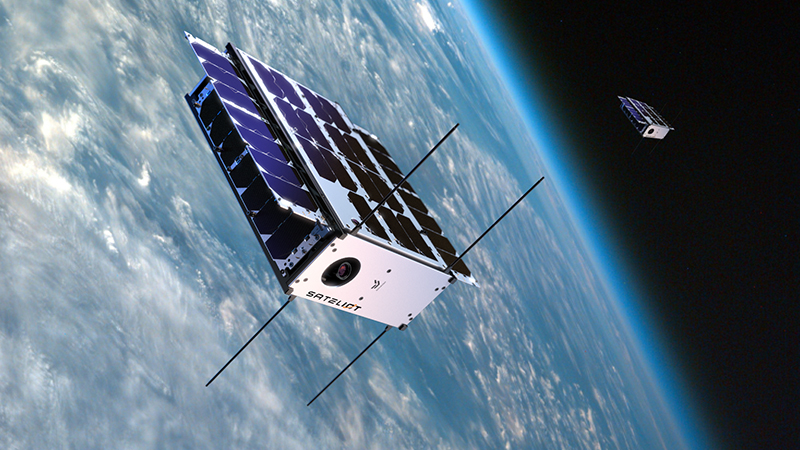

Image Courtesy: Sateliot
IoT and 5G technology are fast becoming the norm for personal and business use. The Internet of Things (IoT) connects all kinds of devices for superior data capture and processing. To make the most of this, 5G is the best option.
In theory, this technology will revolutionise the way we live our lives. However, we have yet to unlock its full potential due to the lack of coverage of existing infrastructure.
But this is where Sateliot comes in. Below, we’ll briefly examine the company and investigate its mission to improve connectivity.
Sateliot is a satellite company that plans to launch a 5G narrowband IoT constellation network in space. Much like SpaceX’s Starlink, it’ll provide terrestrial coverage using a nanosat network. Its aim is fairly simple: to provide 5G IoT coverage outside the 15% of the planet covered by terrestrial infrastructure.
But perhaps more interesting than the company itself is its satellites. Built by Open Cosmos, the CubeSats will use various novel technologies to integrate into existing 5G networks. As has become the standard, the satellites will offer end-to-end encryption using Quantum Key Distribution technology.
Sateliot plans to have a network of 250 satellites by the end of 2025, providing connectivity to more than 90% of the globe. Importantly, Sateliot is a member of 3GPP and GSMA, which will allow users to switch between their network provider’s terrestrial towers and Sateliot’s space constellation. This will be vital to ensure smooth operation in the future.
As you already know, 5G is the most recent standard for mobile communication devices. It allows for higher data transfer rates at the expense of a smaller range. The maximum range of 5G is around 5 km, whereas 4G can extend to 6.5 km. Although this isn’t a massive difference, it has a knock-on effect in rural areas.
And this is where a network like Sateliot comes into its own. IoT devices are gaining popularity in industries such as agriculture, as they allow for accurate crop and soil monitoring, theoretically making the process more cost-effective and sustainable. We could also see a space-based IoT network find use in maritime and meteorology, particularly for storm monitoring.
At the most basic level, Sateliot’s satellites will function much like cell phone towers, just in space. This means devices that require a cellular connection won’t be as restricted by location, allowing us to make the most of the technology.
It’s one thing to look at how these satellites can be used on Earth, but what does their existence mean for space? Well, using satellites for communication is nothing new, but incorporating 5G technology could mean a lot.
For example, we could see a new space race to control global satellite constellations. Launching 5G networks could make older technologies quickly redundant, provided we can utilise the technology properly. Importantly, too, it’ll help mitigate the loss of terrestrial networks, such as during natural disasters. The bottom line is that having 5G technology in space will revolutionise a lot, and Sateliot’s network is just the beginning.
